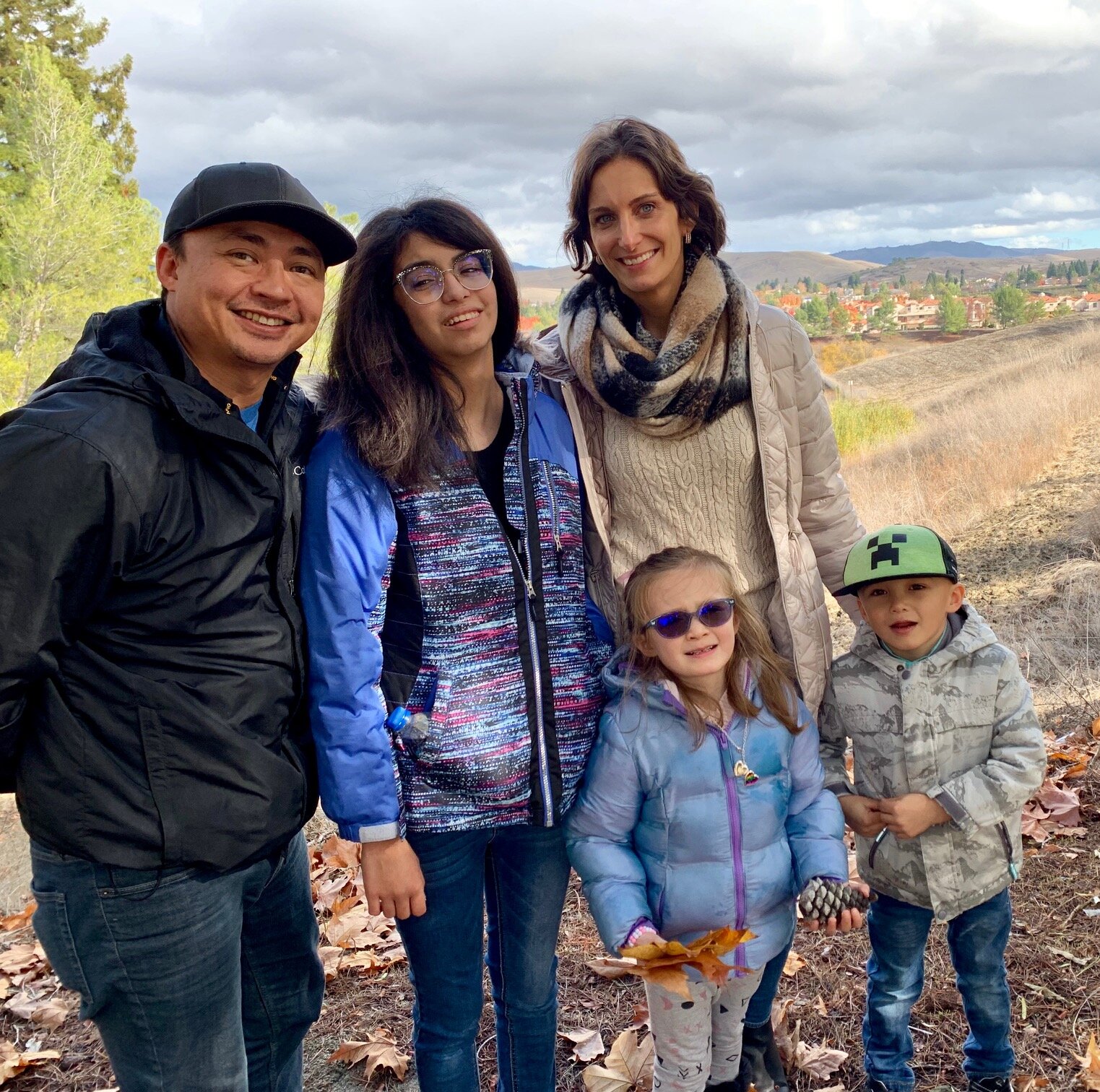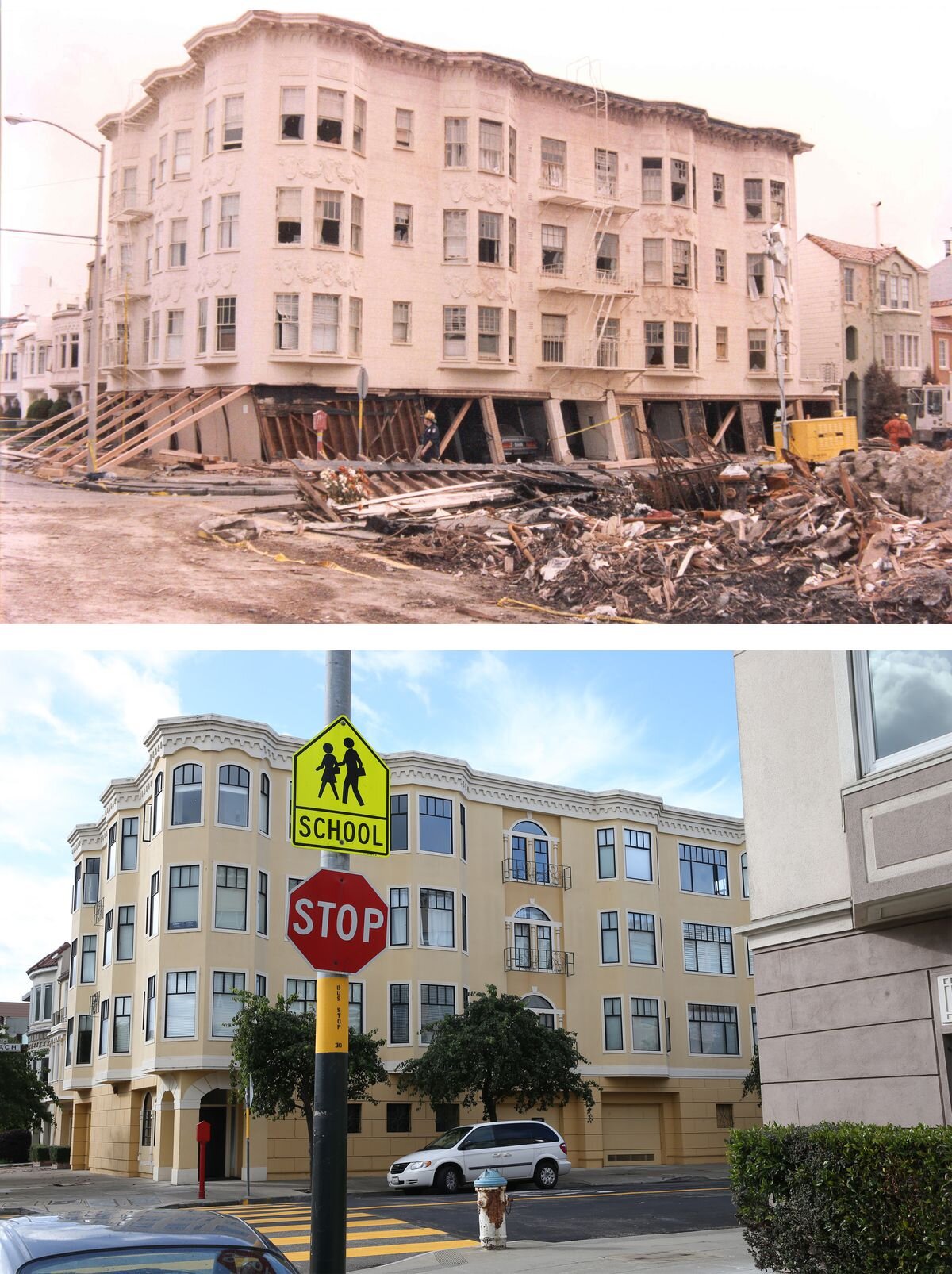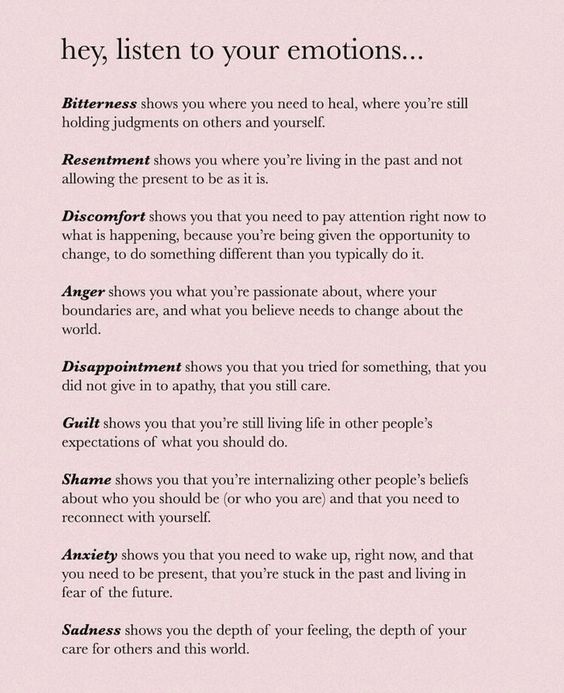Nothing throws a monkey wrench into your life quite like cancer.
Suddenly everything about your life gets put on hold.
No matter how many days, weeks or months it took to bring you to your diagnosis, deep down, you realize life as you know it now will never be the same.
Getting diagnosed with cancer in late 2017 right before the holidays wasn’t the first time I faced a life-changing diagnosis—nor will it likely be my last.
Dealing with various forms of chronic illness, both visible and invisible, for over half my life has taught me a few powerful lessons about the things we can control and what we need to let go of to truly heal.
My journey with cancer, anxiety, depression and chronic illness showed me that although we can’t always control what happens to us, we can always choose how we respond or react to a situation through our mindset.
What wounds us has a way of healing us in more profound ways than we could ever have imagined.
Cancer was never something I envisioned would be part of my story, or my daily life, but somehow it has brought many blessings, connections and opportunities to my life that wouldn’t exist now if it weren’t for my diagnosis.
Sometimes our biggest bummers turn into our greatest blessings. Here are 5 Lessons from Cancer that helped me prepare and cope during times of uncertainty.
5 Lessons From Cancer that Helped Prepare Me for the Pandemic:
1. Letting go of my sense of control.
Uncertainty can be unsettling, but it is an unfortunate reality we all must face. During difficult seasons and times of change, we want so desperately to hold on to life as we knew it. Cancer taught me that although I can’t control what happens to be, I can always choose how I respond to the situation.
2. Learning to accept change.
Life is unpredictable and things are always shifting and changing underneath the surface whether we realize it or not. When we resist the change, we also miss an opportunity for growth. Cancer showed me that sometimes the strongest thing we can do is let go. Sometimes we must surrender to what is and not focus on how we thought things would be or should have gone.
3. How to accept, react and respond to disappointment.
Cancer showed me that we have the power to transform any situation by the power of our beliefs. Things can go from bad to better. The broken can become beautiful again. My journey with cancer showed me our biggest bummers can become our greatest blessings in the end.
4. How to redirect my energy to things I can control.
Worrying is like a rocking chair. It may keep us busy for short time, but it leads us nowhere in the end. Cancer showed me there are so many things in life that happen to us that our outside of our control. Dwelling on what happened to us or worrying about the future, only takes our power away. Cancer showed me that I can’t look too far into the future. Instead, I have to focus on a few things I need to do each day and trust everything else will eventually work out.
5. Awful things can be opportunities for growth.
Painful and difficult things have a way of reminding us of our true strength. Our setback can put us on the path to realizing our true purpose. Yes, this may not be what we had ever wanted or planned for our lives, but somehow, some way, things always work on in the end.
When all hope seems lost and when the future is unsettling and uncertain, we must have faith that anything can change for the better.
I can’t promise where we’re going.
I don’t know where this path may lead.
Although everything is clouded with uncertainty, we must remember:
The blackest of nights eventually become day.
Keep the faith.
There are better and brighter days ahead.
Supporting You & Helping You Cope
One of the things that’s helping lift my spirits and keeping me grounded during these uneasy times is music. If you need a pick me up or quick escape, check out the Hopeful Warrior Playlist on Apple Music and Spotify.
Subscribe to the Hopeful Warrior Newsletter
Enter your email below to be notified when I post a new blog or important update about my treatment.
Please note, once you enter your email you will receive an email to confirm your subscription. You need to click on the link in the email to be added to my email list.
You will receive a Weekly Warrior Roundup that recaps some of my recent blogs and other news and projects I’m currently working on.















